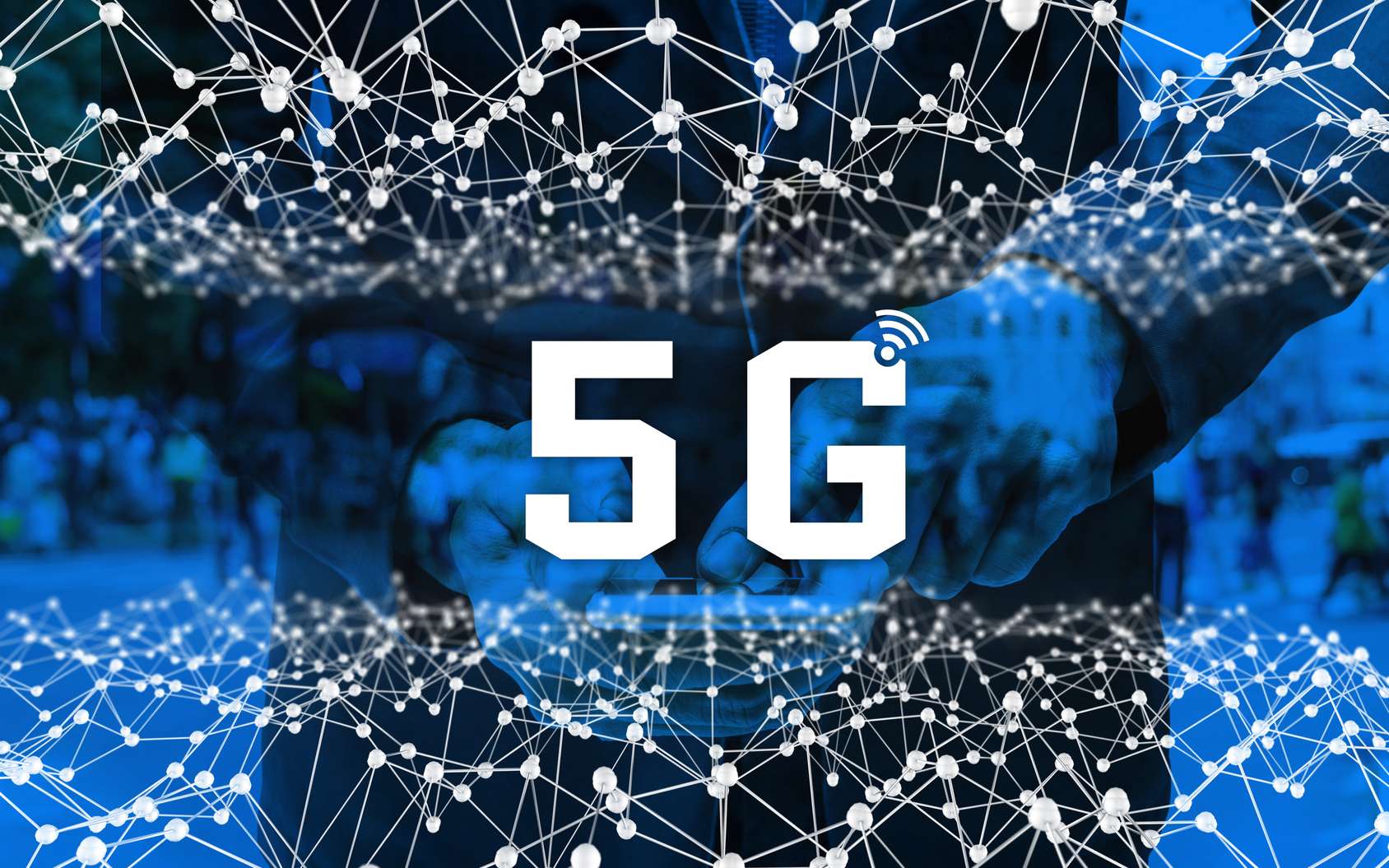Before allocating frequencies in the 3.4-3.8 GHz band, Arcep makes public consultation of the terms and conditions and the obligations for 5G applicants. The four mobile operators that are Orange, SFR, Bouygues, and Free are competing to share the available frequencies.
With each new mobile technology, it’s the same process, and the 5G does not escape it: the regulatory authority has launched the large public consultation for the allocation of frequencies in the 3.4-3.8 GHz band. The ARCEP in details the timing and modalities, and there are new compared to the 3G and 4G.
Thus, the procedure is carried out in two stages with a commitment phase making it possible to obtain the first quantity of frequencies before a multi-turn auction is organized which gives the candidates visibility at each turn on the number of frequencies. that they are likely to get.
The allocation of frequencies, the price of which will be fixed by the State, is also done in two stages. First, there is the sale of the first block of fixed-price frequencies for up to four operators, which will be SFR, Orange, Free, and Bouygues. Then comes the auction phase for the acquisition of additional frequencies.

About ten cities covered in 2020
To satisfy the Arcep, each operator must meet specific specifications and coverage of the territory is essential to prevent only large cities are concerned by the arrival of the 5G. Thus, by 2020, at least two different cities will have to be covered by each operator, with an exponential deployment to reach 3,000 “sites” in 2022 and up to the entire territory in 2030. Another requirement, the notion of services with a bandwidth of at least 240 Mbit / s at each site, or coverage of road networks and accounting with IPv6.
Only after the public consultation that ends on September 4, 2019, will Arcep launch the frequency allocation procedure for deployment in the course of 2020.